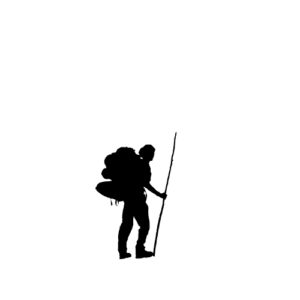If you know or watch Africa, you may have watched the long grasslands of Savanah. Predators like cheetahs hiding in the grassland to prey on deer are a common sight there. What if I told you that there is a reserve in the western part of Gujarat that, while not containing the same predators, does contain the same geographical landscape? Yes, the answer is Rann of kutch.

Geography

Making a border with Pakistan on the western side The Rann of Kutch is spread over a sprawling area of 26,000 square kilometers. The geographical location of the Rann creates a unique ecological system that supports endemic and epidemic species. The Indus Delta in Pakistan’s Sindh Province, the Thar Desert in the north, the hills of Kutch in the south, and Little Rann of Kutch in the southeast all have a significant impact on the area’s ecology. The unique combination of mangrove and desert vegetation bloom provides a habitat for a variety of animals and plants.
The great Rannnn is a bowl-shaped depression that used to be beneath the Arabian Sea. In the monsoon season, it gets quickly filled with water and turns into a marshy wetland. The LuniLuni river on the eastern side also drained out before reaching the Arabian Sea. A greek traveler Periplus Maris Erythraei once describe the place in his book Rannnn a non-navigable gulf
Fauna
Despite the fragile ecosystem and harsh weather, where temperatures soar in the summer and drop to near zero in the Winter, is home to 50 species of animals. The Rann of Kutch is home to India’s wild asses, nilgai, chinkara, and striped hyenas, as well as a desert wildcat caracal.
Flora
When the plain is flooded by seasonal rivers, many seasonal birds flock to the home Rannn of Kutch. Houbara bastard, lesser flamingo, and lesser florican come looking for the wetlands.

History and Culture Rann of Kutch
Rannn of kutch is home to people since ancient times. Indus Valley civilization flourished in the form of Dholavira, which was used as a major naval port for trade. Many Indologists believed that during the Indus era, Dholavira was a naval archipelago and had an extensive maritime trade system. The Rann of Kutch was a part of both the Mauryan and Gupta empires. The Rann of Kutch was a part of both the Mauryan and Gupta empires.
During medieval times, the Jadeja dynasty ruled the place for 500 years before being defeated by the British. After independence, Rann was part of Kutch state, which went to Gujarat state after linguistic division into Maharashtra and Gujarat.
In 1965, the place brought the two neighboring countries, India and Pakistan, into war. Pakistan began the war on the western end of the great Rann of Kutch, but the British intervened and secured a cease-fire. The United Nations allocated 90% of the area to India and 10% to Pakistan.
Conservation
The government has conserved 76% of the total 20,946 sq km to conserve the earth’s ecological part. It contains the Kutch Wildlife Sanctuary and the Indian Ass Wildlife Sanctuary, both of which were established in 1986 and 1973, respectively. Kutch wildlife sanctuaries cover the great Rann of Kutch, and the Indian Ass Wildlife Sanctuary falls in the little Ran of Kutch.
How to reach Rann of Kutch
Road: Kutch is well connected through the national highway. Many interstate buses also run to Kutch.
Airport: Bhuj airport
Train: Nearest railway station in Bhuj, The ALA Hazrat Express is a train that departs from northern India.
